 Heading to the West Hollywood Rite-Aid to do a little schmoozing? Not bloody likely. But, in Tinseltown’s golden age, Schwab’s Pharmacy, at 8024 Sunset Blvd., ranked as one of the city’s top spots to meet, greet, mix and mingle.
Heading to the West Hollywood Rite-Aid to do a little schmoozing? Not bloody likely. But, in Tinseltown’s golden age, Schwab’s Pharmacy, at 8024 Sunset Blvd., ranked as one of the city’s top spots to meet, greet, mix and mingle.
A program Saturday at the Egyptian Theatre highlighted the pivotal role Schwab’s played in Hollywood networking from the 1930s to the 1960s. Teacher/history buff Marc Chevalier delivered a photo-driven presentation, followed by a short that was filmed at Schwab’s to promote a 1946 bio-pic, “The Jolson Story,” and the exquisite movie “Sunset Blvd.” (1950, Billy Wilder), which features the drugstore in a key scene.
Chevalier started his talk with a cherchez la femme angle. The property – on the south side of Sunset Boulevard, between Laurel Avenue and Crescent Heights – first belonged to Dr. George E. Paddleford and his wife, Genevieve McKinney Toomey Teal Paddleford, a “international adventuress and love pirate,” with a string of duped husbands.

The Sunset Medical Building in the 1930s. Schwab’s was to the right of the window awning (far right).
The Paddlefords owned lots 1, 2 and 29 of the Crescent Heights tract and built a mansion on lot 2. Fond of giving Dr. Paddleford’s expensive cuff links and other valuable belongings to her lovers, Genevieve drew her husband’s ire and the couple divorced around 1920. She left for Europe where she continued to live the high life, charm men, court scandal, oh and steal stuff from Ritz-Carlton hotels.
Dr. Paddleford (an associate of oil magnate Edward L. Doheny) sold the property and in 1931 architects Alvan Norstrom and Milton Anderson designed the Sunset Medical Building for developers C.H. Thomsen and W.L. Easley. The year before, for the same developers, Norstrom and Anderson designed a building directly across the street. It’s in use today as the Laugh Factory and Greenblatt’s Deli.
Despite the prosaic name (it became known as the Crescent Heights Shopping Center and later simply “The Corner”), the new building turned out to be a modern-day palace. Its front and side facades were clad in dark tan marble from Southern France and trimmed in rosso levanto Italian marble. (At the time, the only other commercial structure in Los Angeles that boasted so much marble was downtown’s Merritt Building from 1915.) Inside The Corner, rooms were paneled and floored in mahogany; some had terrazzo marble floors. Doctors’ and dentists’ offices were on the second level. A covered-bridge walkway allowed patients to cross from one wing to another. The back court had a 30-space parking lot.
Nearby was the Spanish-Moorish style Garden of Allah apartment complex, originally owned by actress Alla Nazimova in 1919; the Garden was torn down in 1959. Many residents from this chic residence supported businesses at The Corner.
Norstrom and Anderson’s marble stunner housed several merchants on the ground floor, including Richard Talmadge, former actor and stuntman for Douglas Fairbanks, who ran a flower shop, and the owner of the Crescent Heights Market, Ben Ruben, known for insulting his customers at no extra charge. Howard Hughes treated his girlfriends to makeovers at the beauty salon.
In 1932, the Schwab brothers (Bernard, Leon, Jack and Martin) took over a failing drugstore in the complex; they would eventually own six pharmacies. But Schwab’s on Sunset wasn’t just a place to drop off a prescription or buy toiletries. Open from 7 a.m. to midnight, the gathering spot served meals as well as soda-fountain drinks. The store had five phone booths and frequently offered automatic credit. Customers could also buy high-end liquor, tobacco, chocolate, perfume and cosmetics. There was no charge for deliveries.
In the movie “Sunset Blvd.,” William Holden’s character, a struggling screenwriter named Joe Gillis, tells us the pharmacy is his headquarters, explaining: “That’s the way a lot of us think about Schwab’s. Kind of a combination office, coffee klatch and waiting room. Waiting, waiting for the gravy train.” (Though it would seem the ideal location shoot, Wilder had the interior recreated and filmed on a Paramount lot.)
Arguably, what made Schwab’s the place to network and nosh was the fact that journalist/actor/producer Sidney Skolsky wrote his Photoplay column “From a Stool at Schwab’s” in a second-floor office, by arrangement with the Schwab family.
Among Skolsky’s many talents was a knack for nicknames and he dubbed the drugstore Schwabadero’s, an allusion to the Trocadero nightclub down the street. (Even more famously, in 1934, he was the first journalist to write a story using Oscar to refer to the Academy Award.) As a producer on the 1946 movie “The Jolson Story,” it was Skolsky’s idea to shoot the after-party at Schwab’s and use the footage as a publicity short.
Robert Mitchum, Clark Gable, F. Scott Fitzgerald, Mickey Cohen, Gloria Swanson, Judy Garland, the Marx Brothers, Cesar Romero and Shelley Winters were regular Schwabadero’s customers. Marilyn Monroe, another loyal patron, reportedly left messages for Skolsky, under the name Miss Caswell. Charlie Chaplin and Ava Gardner stopped in and made their own milkshakes.
Though it’s widely thought that Lana Turner was discovered sipping a soda at Schwab’s, in fact it was at the Top Hat malt shop, several blocks east on Sunset, that in 1937, at age 16, she attracted the attention of Hollywood Reporter publisher William Wilkerson.
By the time Schwab’s had its closeup in “Sunset Blvd.,” Russian immigrant/Beverly Hills businessman Martin Belousoff owned the property. In 1949, Googie’s coffee shop, designed by architect John Lautner in Space Age/midcentury modern style, was built nearby and served customers such as James Dean, Marlon Brando and beat-generation poets. (Googie’s lasted until 1989.)
Compared with Googie’s, Schwab’s looked passé and in 1955 Belousoff decided to remodel inside and out, commissioning architects Louis Armet and Eldon Davis for the job. But not long after Schwab’s updated, new Sunset Strip venues were opening up and gaining popularity with aspiring stars and ’60s hipsters.
Schwab’s, which had been in business for 50 years and earned worldwide fame as a Hollywood hive of activity, closed its doors in 1983 and was torn down in 1988. But it remains Hollyood’s most famous drugstore – a legendary place to sip sodas, schmooze, spot stars and, like many a prospective Lana Turner, strut your stuff.
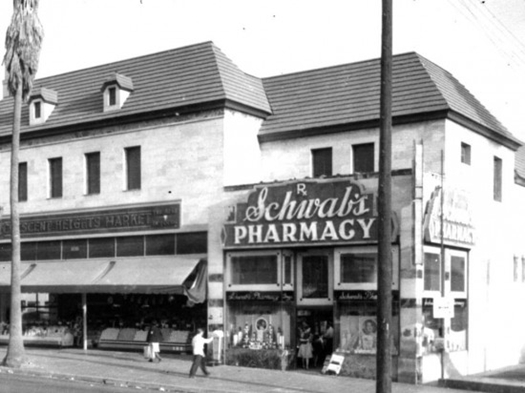
















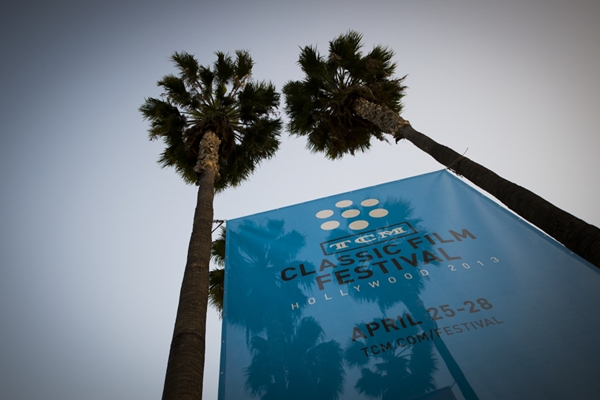











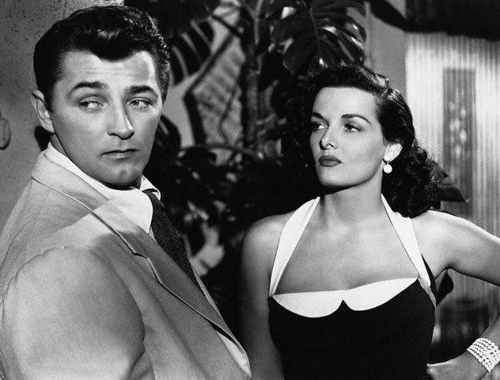


![robert_mitchum_night_of_the_hunter[1]](http://www.filmnoirblonde.com/wp-content/uploads/2012/12/robert_mitchum_night_of_the_hunter12.jpg)




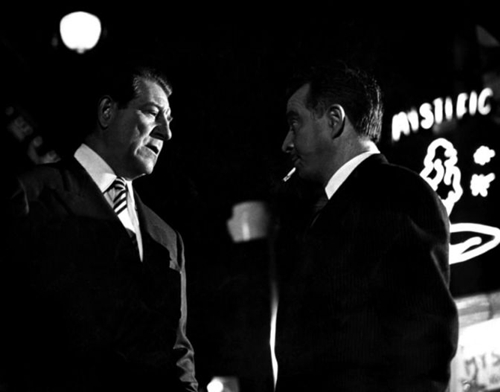



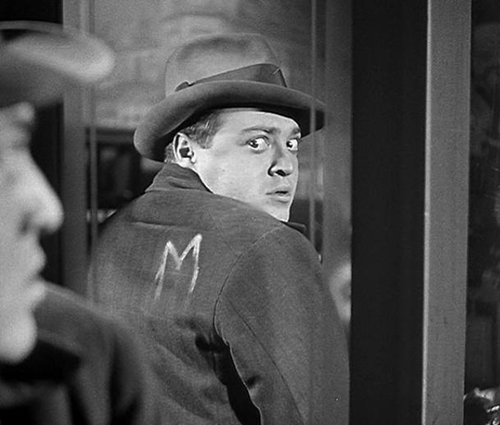







From FNB readers